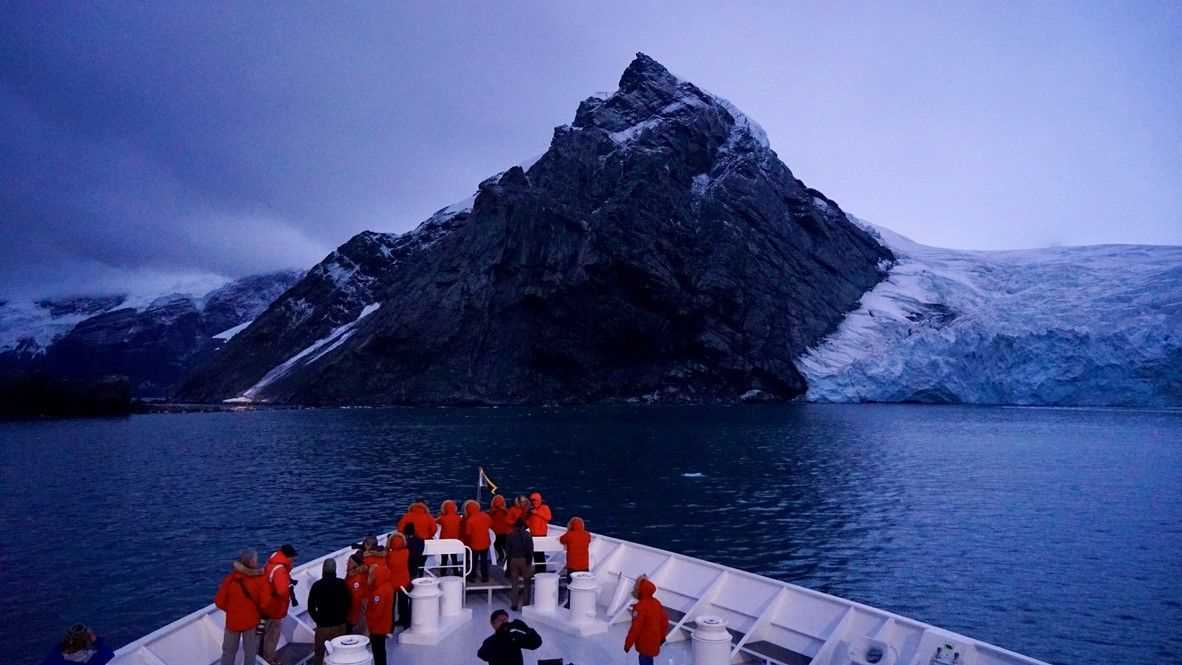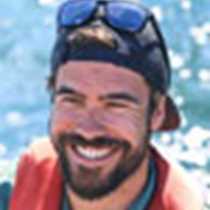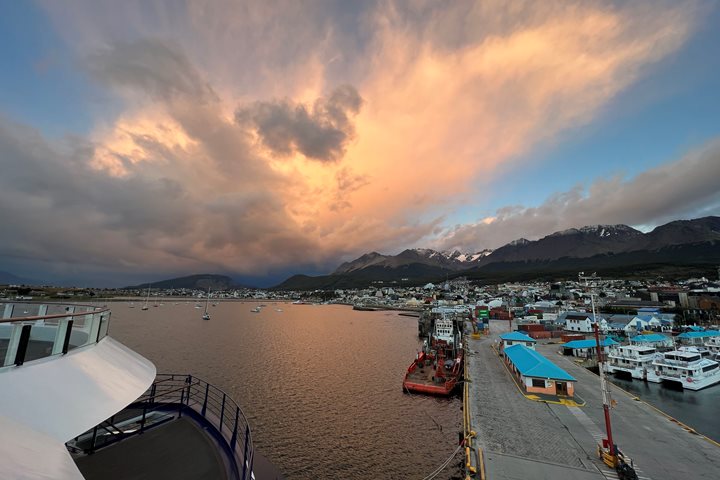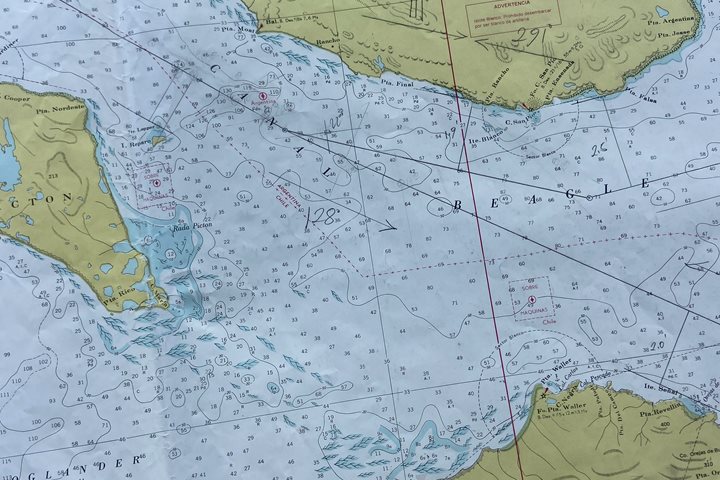On 15th April 1916, after seven days at sea in some of the most hostile conditions imaginable, Ernest Shackleton and his man landed their three small boats on Elephant Island marking the first time the men had seen solid ground in over 16 months. This small narrow spit of rocky beach would become one of the most iconic waypoints in our beloved survival story; this location is known as Point Wild.
Today National Geographic Orion sets sail north leaving the white continent behind, we chase the horizon, replicating the route of The Boss and his men. Mid-morning, we are informed that we would be making a slight detour to investigate an unknown object northeast of our current position. After finding ourselves soon navigating “The Land of Giants” huge tabular icebergs up to 2 miles in length scattered as far as the eye can see. Being informed that we were not quite there yet with smirking and somewhat cheeky smiles from our bridge and expedition team we arrive at our surprise location: the mother of all tabular bergs, A68A.
A68A is the fourth largest iceberg ever recorded and the largest floating object currently on planet Earth, this 87-mile chuck of ice captivated those of us aboard National Geographic Orion right into the late hours of the afternoon.
After dinner, we cruise the Charles Strait, the short-tempered body of water that separates Clarence and Elephant Island. With the skillful navigation of the bridge team, we arrive at Point Wild just on dusk. With beautiful still conditions, moody clouds and light snow dusting the decks it sets the scene of what Shackleton’s men experienced for their 105-day ordeal.







